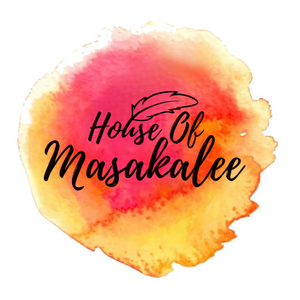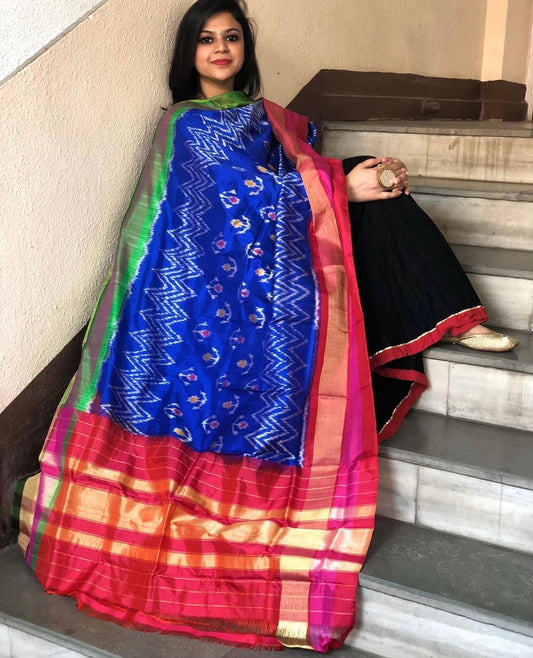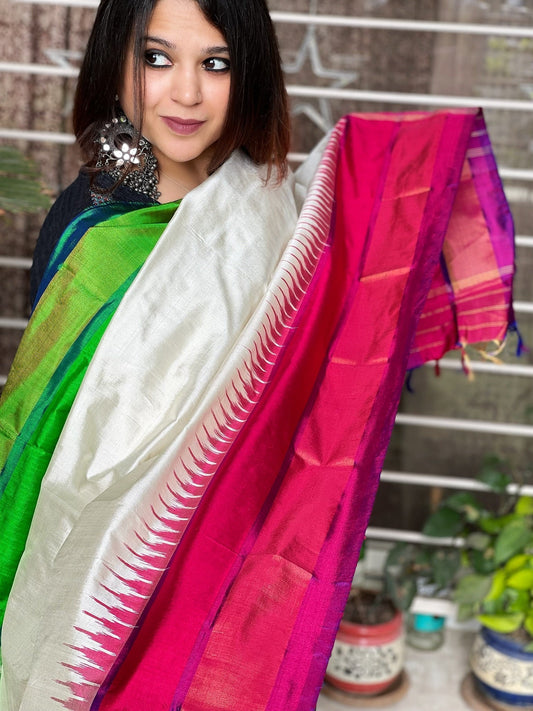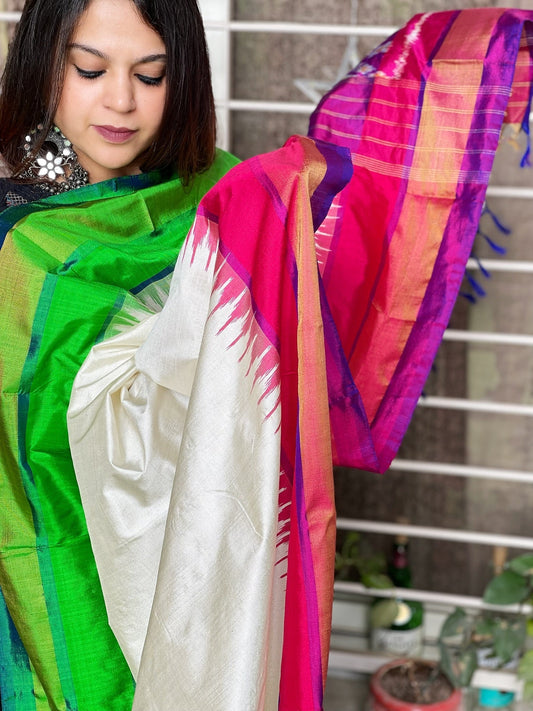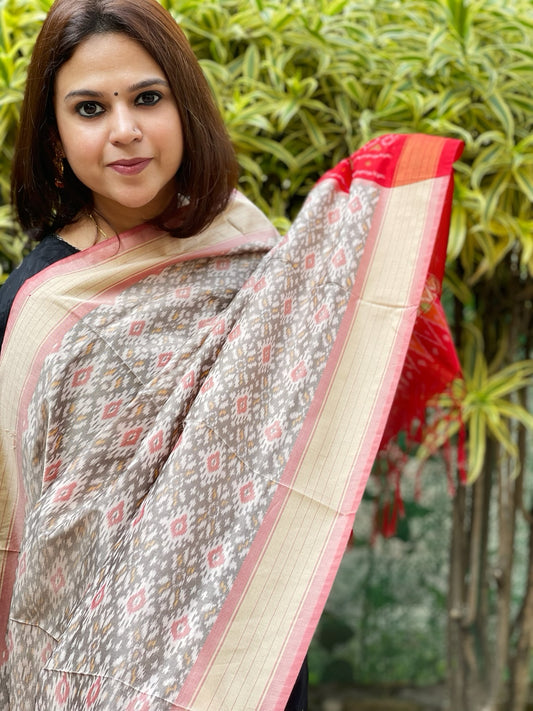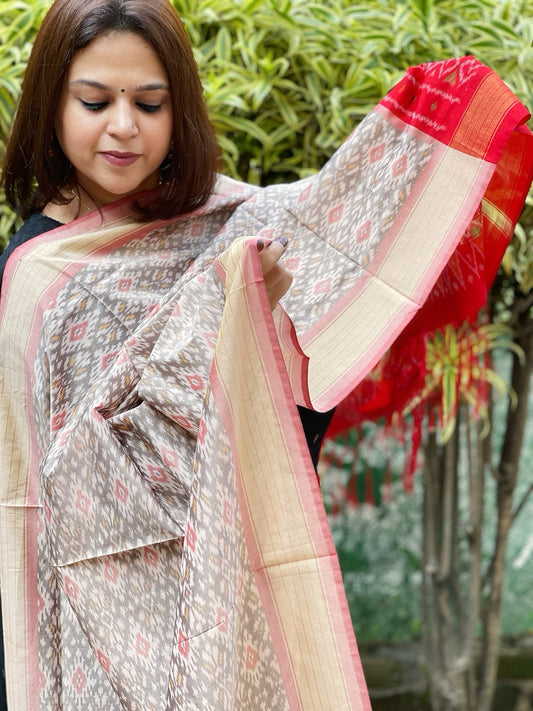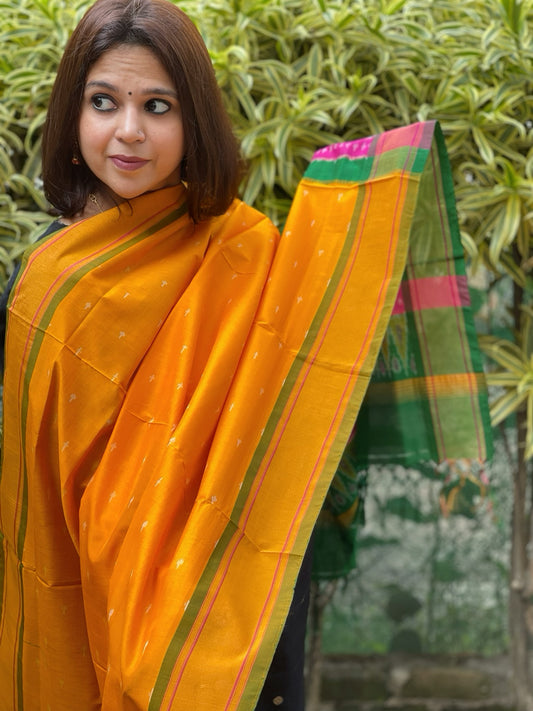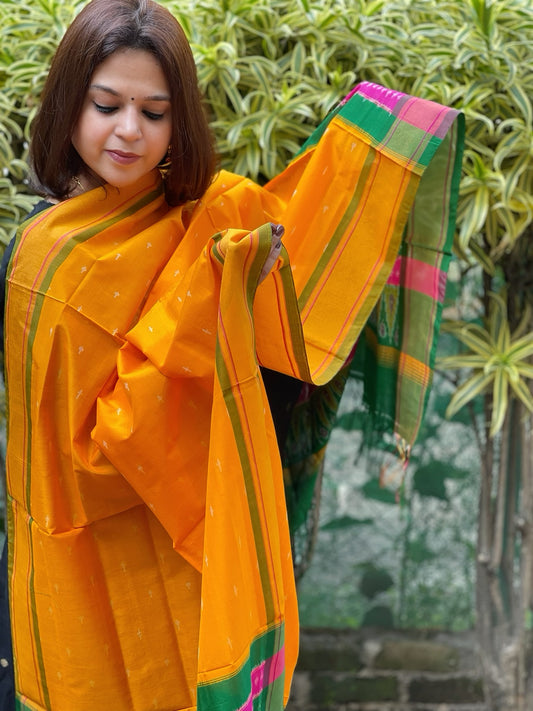Preserving Heritage: The Significance of Handloom Dupattas in Indian Wardrobes
Handloom dupattas hold a special place in Indian wardrobes, embodying both tradition and elegance. These beautifully crafted pieces enhance an outfit and connect the wearer with their rich cultural roots. Handloom dupattas are more than accessories; they are a testament to the skillful artisans who weave stories into every thread. For women in India, especially in Pune, these dupattas offer a sense of identity and pride, making them a cherished part of special occasions and everyday wear alike.
The charm of handloom dupattas lies in their diverse styles and patterns, each reflecting the unique heritage of the region it originates from. As fashion trends evolve, these dupattas remain a timeless choice that bridges traditional and contemporary styles effortlessly. They are versatile and sustainable, showcasing the country's dedication to preserving its handcraft legacy. For professionals and homemakers, handloom dupattas provide an easy way to infuse tradition into modern wardrobes, offering countless styling possibilities and adding a touch of grace to every ensemble.
The Origin of Handloom Dupattas
The journey of handloom dupattas dates back centuries. The term "handloom" refers to the traditional weaving technique where each piece is handcrafted on a loom without motorized assistance. This age-old method has been passed down through generations, preserving the authenticity and uniqueness of the fabric. While various regions in India take pride in their distinct weaving techniques, states like West Bengal, Andhra Pradesh, and Gujarat are renowned for producing exceptional handloom dupattas.
1. West Bengal: Known for the intricate Jamdani patterns, originating from the time of the Mughals.
2. Andhra Pradesh: Celebrated for its elegant Kalamkari motifs that tell vibrant stories.
3. Gujarat: Famous for the exquisite Patola designs, showcasing vivid colours.
These states have nurtured the art of weaving for hundreds of years, often influenced by the rich cultural tapestry and historical events of the region. For example, the intricate Jamdani weaving technique from West Bengal has roots deeply embedded in the Mughal era, illustrating how cultural exchanges have enriched these crafts. Today, handloom dupattas from these regions are cherished for their artisanal quality and ability to keep traditional crafts alive, even as times change.
Traditional Techniques and Craftsmanship
Creating a handloom dupatta is an art form, involving countless hours of meticulous work and unparalleled dedication. Artisans start the process by selecting the finest natural fibres, like cotton or silk, known for their comfort and durability. The weaving begins on a simple, manual loom, where each thread is strategically placed to form beautiful and complex patterns.
- The artisan's expertise dictates the rhythm and flow as they interlace threads to create textures.
- Colours are typically added through traditional dyeing methods long before weaving starts.
- Designs can range from simple stripes to intricate patterns, each requiring different levels of skill and time.
A single handloom dupatta can take days or weeks to complete, depending on its complexity. This painstaking process can lead to minor imperfections, which are cherished as marks of authenticity and individuality. These variations highlight the handmade nature of the dupatta, making it a unique piece that carries the personal touch of its creator. This dedication to craft ensures that handloom dupattas remain a timeless addition to wardrobes, symbolising the perfect union of tradition and personal expression.
Cultural Significance in Pune
In Pune, handloom dupattas have woven themselves into the fabric of everyday life. This vibrant city, with its rich cultural heritage, provides an ideal setting for these traditional garments. For many women here, a handloom dupatta isn't just a piece of cloth—it's an expression of individuality and cultural pride. Whether attending a festival, wedding, or social gathering, a carefully selected dupatta adds grace and meaning to their outfits. The cultural ties to these garments are strong, making them not just apparel but also a cherished symbol of tradition.
This connection is evident in how women in Pune integrate handloom dupattas into their wardrobes. Many adapt these dupattas for contemporary outfits, draping them over business attire or pairing them with modern dresses for a fusion look. This adaptability demonstrates the extensive appeal of handloom dupattas, allowing for seamless transitions between traditional events and modern settings. These pairing possibilities have cemented the dupatta's place in fashion, offering flexibility while honouring cultural practices.
Modern Day Relevance and Trends
Handloom dupattas have never felt more relevant. As eco-friendly fashion gains traction, these pieces stand out for their natural fibres and sustainable production methods. With the growing emphasis on mindful consumption, these dupattas are the perfect answer for those seeking style without compromising on ethical values. They not only offer a way to support traditional crafts but also align with the contemporary trend of eco-friendly living.
Here are a few popular styling tips:
- Casual Day Out: Toss a bright Ikkat dupatta over a simple cotton kurta to add a pop of colour.
- Office-ready Look: Pair a subtle Kalamkari dupatta with formal wear for an elegant yet professional touch.
- Festive Occasion: Choose a vibrant Bandhani dupatta to enliven a monochrome outfit.
Such versatility ensures that whether you’re at a bustling marketplace or a quiet evening gathering, your handloom dupatta will always make a statement. This garment's adaptability makes it a staple that fits seamlessly into any wardrobe, regardless of the occasion.
Embracing Tradition with Modern Style
Handloom dupattas bridge the gap between tradition and modernity, creating a perfect harmony of both worlds. Their ability to evolve with changing fashion trends, while still retaining their cultural essence, makes them invaluable. By embracing these dupattas, you're not merely choosing an accessory; you're participating in a rich heritage that celebrates artisanship and individuality.
The beauty of a handloom dupatta lies in its dual nature—it is both a timeless classic and a contemporary favourite. As we continue to seek unique and meaningful additions to our wardrobes, these dupattas offer more than just style; they provide a tangible connection to India's vibrant handcraft heritage. Embrace the charm and craftsmanship of handloom dupattas, confident in the knowledge that your choice supports an age-old tradition that thrives even today.
For those inspired by the elegance and heritage of handloom dupattas, explore the unique collection at Masakalee. Discover how these timeless pieces can enhance both traditional and modern wardrobes. Whether you’re dressing for a festive occasion in Pune or simply adding a touch of style to daily wear, these beautifully crafted dupattas will serve you well. To explore our range of handloom dupattas and add a piece of this rich tradition to your collection, visit us today.
